Communicating the Value of Makerspaces
Becca Cruz is the Director of Creative Services at the Pikes Peak Library District in Colorado Springs, CO.
Helping people understand the “why” of makerspaces can be tricky - these tips will help you justify a maker program to library and community stakeholders.
Photo by RODNAE Productions
Makerspaces and maker services can be hard for people to understand and see the value of at first. They may be shocked to see a 3D printer or a sewing machine in a library. Being able to explain why these services are a great benefit to the community is important for building support. Here are some things to consider when discussing maker services with people.
Connect to your library’s mission.
Look for the ways the service connects to your library’s mission, vision, and values. For example, one of our values is creativity, which is a pretty obvious tie to maker services. However, another value is community. We tie this value to our makerspaces because we see people helping each other every day with the equipment and challenges they are experiencing, or just talking to each other excited and curious about their projects. The service is building community.
Libraries have always been places of education. We started with books, but when computers came onto the scene, we started teaching people how to navigate this technology. Now we have new equipment that we’re providing access to and knowledge on – equipment that’s changing our world.
Speak to career skills needed in your community.
Maker-centered learning has great connections to common skills advertised in job postings. Every year, the Colorado Workforce Development Council releases the Colorado Talent Pipeline Report. The report discusses the kinds of traits that are found in job descriptions and often include things like troubleshooting and problem solving, communicating, creativity, and more. All of those skills align with maker-centered learning. Find this kind of information for your area and identify where you’re helping people develop these important skills.
Identify how your programs support local economies.
Depending on what you provide, the equipment may be important for small business owners in your community. This can be through making prototypes, designing branded materials, or creating the items they will sell. These services can be particularly helpful to brand new businesses who may not have funds to use other companies but have the time to make it for themselves.
The arts can bring in a great deal of money to your local economy. Providing people with equipment and tools that help them with creation can enable them to begin their creative journey and maybe even monetize their artwork. The cultural office in our area did a study with Americans for the Arts, which was released in 2017. It showed that over $153 million annually was generated by arts and culture in our community.
Though the examples here are specific to our library, you can tailor them to your audience while sharing stories of what you’ve seen happen through your services: the grandparent and grandchild who worked on a project together, the inventor who developed a prototype, the teen who learned to repair their clothes. Once you start seeing the connections, it’s hard to stop talking about the value of maker services.
Library Makers is a community of learners and leaders for public library maker programs. You can currently find us on Facebook. Would you like to share your knowledge, story, or project idea on this blog? Email info@librarymakers.org for more information.

